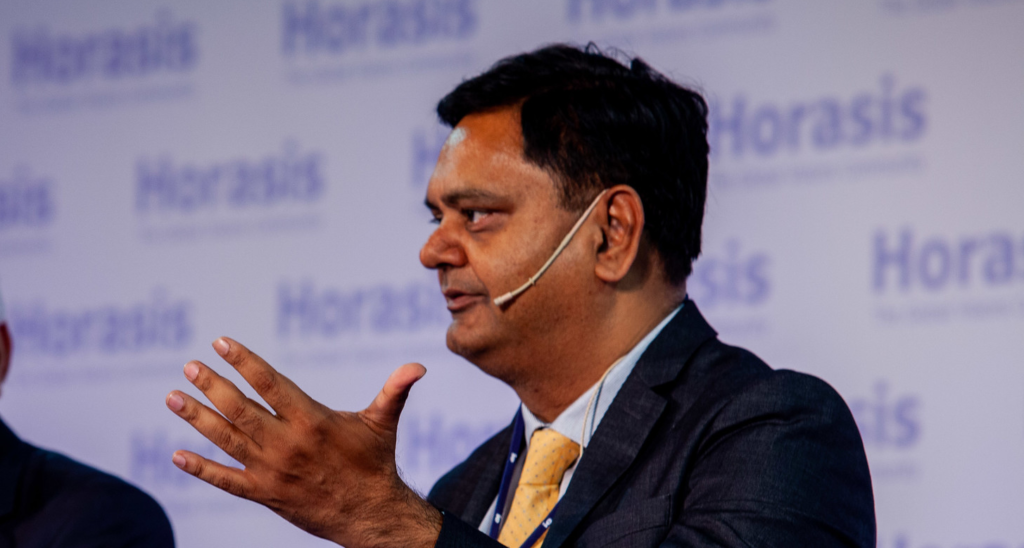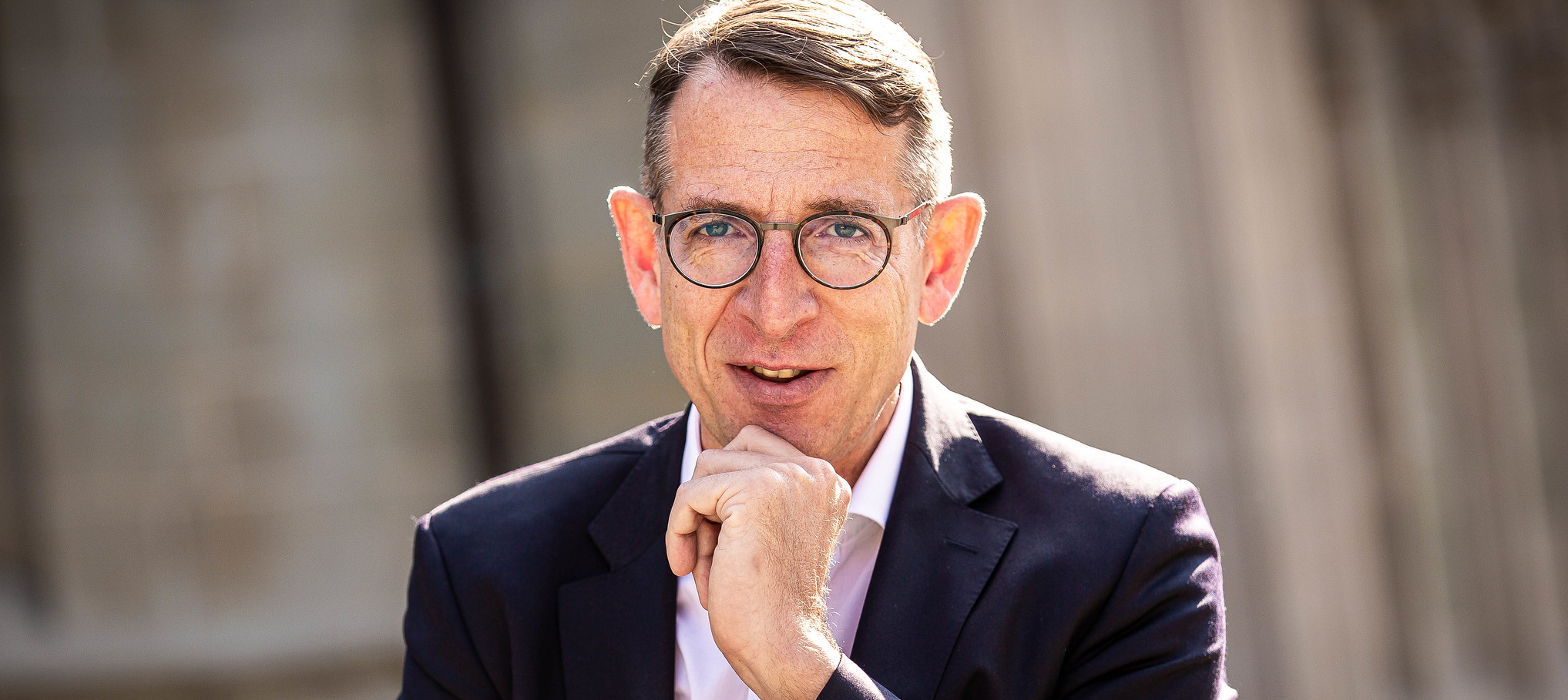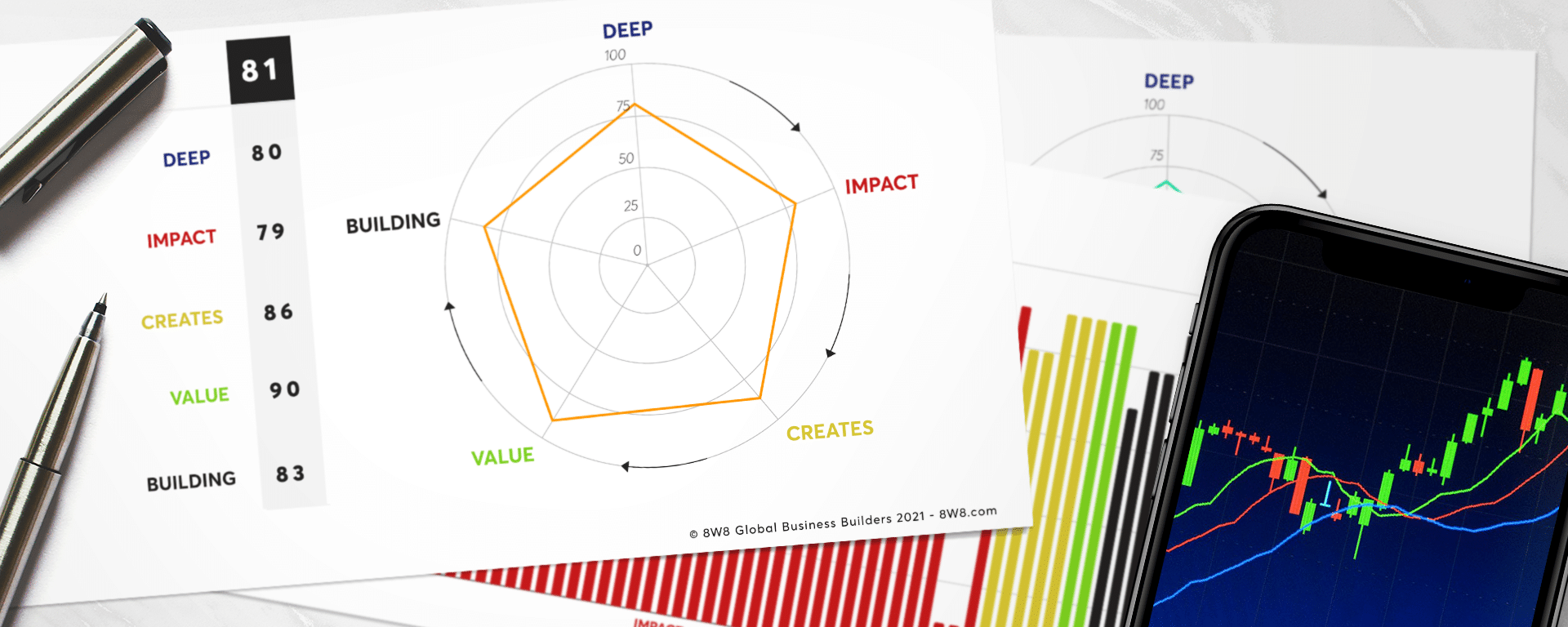Horasis Visionary Circle: Leveraging Technology for Social Impact
The 2019 Horasis Visionary Circle met in Palo Alto, California on September 13-15. Two dozen global leaders from various fields met at Stanford University — in the heart of Silicon Valley — and discussed topics under the theme “Leveraging Technology for Social Impact.” Each of the attendees led panel discussions in their field, fostering an interactive discussion on the role technology plays in our world. While there was acknowledgement that technology has created new challenges for society, the overall tone was optimistic. It was the view of the Horasis attendees that technology ultimately remains a force for good, and that further advances in the fields of education and healthcare would improve lives in the future due to advances in Artificial Intelligence (A.I.) and data analytics. As technology evolves, however, it will put pressure on the roles of institutions (state and local government, corporations, universities and philanthropic endeavors) to work together to maximize their impact on the well-being of their constituents.
The event, hosted by Frank-Jürgen Richter (Horasis) and Gunjan Sinha (Chairman, MetricStream) was attended by leading thinkers across industry, government, philanthropy and academia. The event elected not to disclose the names of the attendees or their affiliations, but among the participants were:
- CEOs and entrepreneurs from around the world
- Federal and local government officials from North America
- Members of the U.S.’s leading philanthropic families
- Venture capital and private equity investors
- Faculty from the top research universities in the U.S.
- Leading thinkers in global impact investing
- Filmmakers and media executives
Over the course of three days, the group tackled an incredibly wide variety of subjects, but recurring themes emerged. Among these was an acknowledgement that the pace of change is accelerating across both technology and society. The growing political divide in the U.S., the Brexit standstill in the U.K., and civilian unrest in Hong Kong influenced the group’s discussion on the role that government has versus private industry in advancing the quality of life for the citizenry. Finally, the group discussed in various sessions the potential for purpose-driven companies and investors to have lasting and positive impact across the globe.

Technology as a Catalyst for Change
The conference began the evening of September 13 with a keynote presentation from a board member of one of the world’s largest technology companies. The discussion highlighted the advancements being made in the fields of A.I. and robotics, while also discussing the negative social impact that some technology is having on the world. Ultimately, the attendees agreed with the notion that technology is a tool, it is neither inherently good nor evil. However, there was agreement that the tech community can do a better job anticipating the consequences of their innovation, and a view that the growing “techlash” being fomented in Washington, while overblown, is not without justification. Over the weekend, several other areas of concern were discussed where technology plays an enabling role, including:
- The real and persistent risk of cyber warfare, both at the state and corporate level
- The automation of increasingly skilled labor and the potential elimination of jobs
- The ease with which malicious actors can influence public opinion and present falsities as fact
Balancing the scales, there was much discussion on the opportunities that technology will bring future generations to live better and more productive lives. Falling prices across all of the drivers of the tech revolution (data and electrical storage, solar cells, DNA testing, 3D printing, etc.) combine with ever-improving data processing capabilities to create the potential for exponential advancements. Examples include:
- Big data analytics that can be used to better predict catastrophic storms and get rescue supplies onsite in advance of a tragedy
- Twitter and SMS data that can be used to identify potentially deadly outbreaks before anyone even visits a doctor
- A.I. solutions that can bring tailored and cost effective learning to schoolchildren at risk of falling behind
- Self-driving vehicles that can reduce accident rates by 70%+ while improving productivity
- Motion capture video and analytics that can be used to train young surgeons as we train young athletes
In the past, massive amount of capital were required change the world. Think about the railroads or the industrial revolution. Today, the power to innovate and have impact on lives has never been more economically democratic. This is not to say that the playing field is now even – the venture capital world is still a microcosm for privilege and connections, with nearly half of the male-dominated industry coming from a handful of top universities. However, Computer Science is now the leading major for female undergraduates at Stanford University and companies (like that of one CEO in attendance) are now educating their workforce on how to be technologically savvy and understand what is possible in a digital world. By raising the digital quotient across the global workforce, everyone is empowered to be a disrupter and a force for change.
So, if the scales are balanced, how can they tip in favor of technology being a long-term force for good in the world? One area discussed at length was the need for an “honest broker” within technology applications. How can the tech community bring the trust that is embedded in a weather or traffic notification to health reports, financial advice, or even the day’s news headlines? This is where the backlash against “Big Tech” could perhaps be the most tragic. Technology is advancing faster than human adaptability (Isaac Asimov: “science gathers knowledge faster than society gather wisdom”) and trust in these emerging applications will be required to see their maximum potential realized. There is work to do to (re)build that trust.

Redefining the Role of Institutions
After a full day of sessions moderated by corporate and philanthropic leaders, Saturday’s dinner discussion was led by attendees representing the federal government. The moderators came from different countries, with one representing national defense and the other economic development, but each came to the similar conclusion that the role of the federal government, and its influence, is shifting. In its place, subnational institutions (corporations, cities and universities) may be best positioned to fill the void, though each have their own inherent conflicts of interests and corruptible ambitions.
Globalization did what was advertised, lifting over a billion people out of abject poverty and improving the developed world’s buying power. The future benefit of free trade, however, is now being questioned and a wave of unease has emerged across the developed world as economic prosperity gives way to economic insecurity. You see this on the political left (Occupy Wall Street) and the political right (MAGA/Brexit). Elected representatives, however, often appear no better equipped to handle the nuanced issues of the day than the protestors in the street. Trade protectionism has historically proven much more costly than the jobs they protect. Meanwhile perpetually shifting regulations under successive administrations can paralyze investment. Confidence in elected leaders and public institutions are at an al-time low.
The group discussed whether the corporation can emerge from this as a greater force for both effective change and lasting good. It is certainly possible from a resource standpoint, as the cash balances of some of today’s largest global companies can exceed the GDP of a mid-sized nation. In August, the Business Roundtable redefined the purpose of a corporation to include the benefit for all stakeholders (including employees, communities, customers and vendors), rather than just shareholders. While this is a noble goal, we must ask if it is naïve to believe (as one attendee stated) that corporations are more likely than governments to take a long-term view. Are the tyranny of quarterly earnings any less severe than those of annual elections?
One area where corporations appear better suited to lead is in cybersecurity. Cyber warfare has the potential to change the face of international conflict and private companies are on the front lines. In daily briefings for the President of the United States, it is cyber-related issues where non-governmental data is most heavily utilized. Much like the Geneva Convention, it may ultimately be independent groups (rather than government diplomats) that take the initiative to redefine war in the modern age. Climate change was raised as another field where some governments have ceded leadership to private industry, but this is an area where it can be difficult to separate true leadership from effective marketing. Not unlike politics.
Where neither government nor corporations can be effective leaders, the Horasis attendees also discussed the potential for academic instructions, local government and media creators to step in. All are materially more popular than federal or corporate leadership, but have their own challenges. Universities can “think tank” (e.g,. the ethics of A.I.) but can they influence government and corporate policy. Cities, in isolation, are micro in their scope though effective examples of forward thinking and impact were given by a local mayor in attendance. Finally, the media can be incredibly effective in influencing awareness (e.g., AIDS/Philadelphia) and consumer behavior (e.g., CSI and increases in forensic students), but one person’s advocacy can be another’s propaganda.
It was not discussed, but the next question is whether we can rely on the invisible hand to guide these institutions into their value-maximizing roles (probably not) or whether more effective coordination is required amongst our institutions (likely needed, how likely to occur?)
![]()
Built for Purpose, in Business and Philanthropy
At the very core of the 2019 Horasis discussion were topics related to the positive impact that capital and business can create, especially when they are brought together behind the right vision. One takeaway from the various panel discussions is that the drivers behind successful philanthropy, successful investing, and successful building of corporate value have never been more closely aligned.
The attendees discussed the outlook for Impact Investing, whereby investments create a positive societal impact (that would not have otherwise occurred) while targeting attractive returns on capital to its investors. The challenges of this model, including scaling the effort and measuring the non-financial return, were also discussed. The conversation benefitted from the perspectives of leaders from several impact investing organizations (family foundation, private equity and international organizations) as well as the practice leader from a major consulting firm. These investing models are in their early days but the attendees were cautiously optimistic that the marriage of for-profit investing and philanthropic ideals will drive new opportunities that would not have otherwise been explored.
The group also discussed how corporate philanthropy is evolving. While financial donations by corporations remains of benefit to society, there is a growing realization that giving your corporate assets to the world can be better than giving money. Often this comes in the form of a company providing access to its most valuable resource (its people and their job-specific skills) to the community. This approach to corporate engagement has a virtuous cycle benefit of reinforcing the “purpose” within an organization that can also drive the company to perform better than its peers in employee engagement and profit/growth metrics. Defining this “purpose” and identifying when it is more than marketing or generic CSR can sometimes be elusive – but cases where it exists are undeniable.
One panelist who shared her story embodies these parallel paths of purpose, successful investment and community impact. Starting out in the U.S. with a technical degree but no university, she built a product company that filled an essential need for her customer base without any outside capital. After decades of growth and success, she identified a buyer for the business that shared her values and, more importantly, placed value on the unique culture and identity her company had developed. Her success story is one built on authenticity and as her business thrived, it led to opportunities to make a difference in the local community as well. Too often philanthropic endeavors can underperform because the capital behind them is not combined with the same passion that their benefactor might bring to his/her own company. That was not the case here, as the same entrepreneurial spirit and sense of purpose that embodied the corporate success was transferred to the non-profit, leading to similar positive results.
After three days thought provoking discussion, the 2019 Horasis Visionary Circle came to a close and the attendees left with some answers, new questions and a better understanding of how technology, institutions and leaders will rise to meet the challenges in the years to come.



